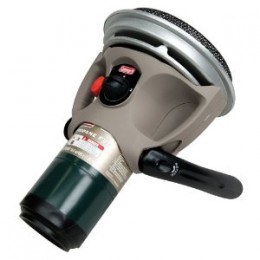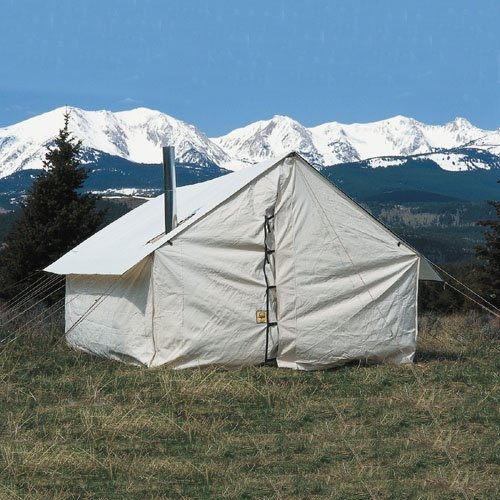Tent heaters can be a great addition to your camping gear if you do much cold weather camping. Even in the Autumn and Spring, night time temperatures can be below freezing at night. A good sleeping bag will keep you warm at temperatures down to zero and below, but when you get out to get dressed it is very uncomfortable. This is the best reason to take a tent heater on your camping trip. They are bulky to pack but the newest models are safe if operated correctly.
The most common type of tent heaters run on propane and come in different sizes and BTU output. The smaller ones are quite portable and run on gas cylinders which can be packed along with the heater. The larger ones are more efficient but take more effort to bring to the campsite. These also burn more oxygen so they should not be used while you are sleeping. For safety purposes, tent heaters should be used when you first wake to bring the temperature to a comfortable level when crawling out of your sleeping bag.

There are also wood stoves designed for tents that come with a chimney to be vented outside. Most of these collapse down and are very portable. These would use fuel found at the campsite, eliminating the need for costly propane. Electric tent heaters are also available to use if your campsite has electricity. These emit no fumes and are most generally the safest. When camping in late Autumn and early Winter the mosquitoes and other insects are mostly gone. this is when you want your tent heater with you.
The future of tent heaters should bring about continued improvements. More safety features and less fire risk where these heaters can be run safely while you sleep could soon come into existence. This will make cold weather camping enjoyable and exciting. Being able to warm up after getting chilled will keep you healthy and soon ready to go back out again.
[phpbay]tent heater, 15, “”, “”[/phpbay]


